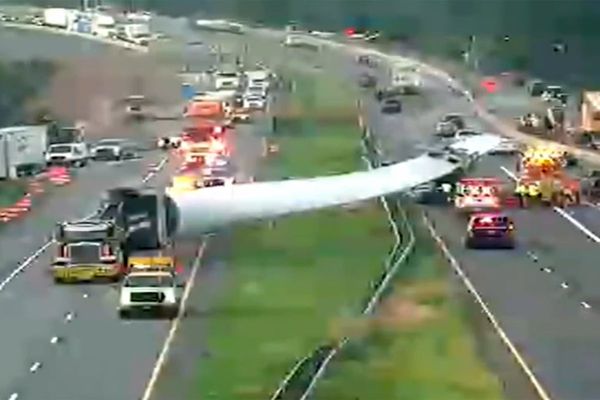
In the space of six weeks during a gruelling federal election campaign there has been a marked change in Australia's economic environment.
And that is even before the election result is known.
Inflation is ballooning, wages are growing nowhere as fast, and interest rates are set to increase more quickly than expected a few months ago.
The election trail has also highlighted that, despite what politicians might boast they can or will do in government, there are global factors and independent institutions that take decision-making out of their control.
A spike in annual inflation to 5.1 per cent was greater than either the government or the Reserve Bank of Australia had been predicting.
Even in the departments of treasury and finance pre-election economic and fiscal outlook, released in the early days of the campaign, they were still predicting an inflation rate peak of 4.25 per cent.
At 5.1 per cent, it is the fastest pace since the introduction of the goods and services tax at the turn of the century, and the RBA is expecting a rate of six per cent by the end of 2022.
It forced the independent central bank to raise the cash rate for the first time in 12 years, and far earlier than it was indicating last year when it was still talking about 2024 as the likely timing of the first move.
The cash rate was hiked to 0.35 per cent from a record low of 0.1 per cent and economists are predicting it could reach at least 1.5 per cent by early next year, adding hundreds of dollars to residential mortgages.
The rate hike coming in the middle of a campaign was something not seen since the 2007 election - a poll then-Liberal leader John Howard went on to lose after repeatedly saying rates would always be lower than under Labor.
While that may be statistically the case, Scott Morrison fell into the same trap earlier in the year, not just boasting that rates would be lower under his government, but so would petrol prices.
The cost of fuel went on to reach record levels above $2 a litre as a result of global oil prices surging following Russia's invasion of Ukraine.
The government did provide an $8.6 billion cost-of-living package in the March budget, which included halving fuel excise for six months and temporarily provided some relief at the bowser.
But petrol prices are again on the rise and by mid-May were closing on a return to the $2-a-litre mark against the backdrop of stubbornly high global oil prices and a weaker Australian dollar impacting import costs.
While high fuel costs are adding further pressure to the cost of living, wages growth remains sluggish despite a falling unemployment rate, which at 3.9 per cent is the lowest since 1974.
Despite much crowing by the government about the strength of the labour market, wages are growing at 2.4 per cent annually, less than half the rate of inflation.
There was much political argy bargy when Labor leader Anthony Albanese said he wanted to see the minimum wage increased in line with inflation during the campaign.
Mr Morrison warned it would add to inflation pressures and lead to even higher interest rates.
But like interest rates, the minimum wage is set independently by the Fair Work Commission, whatever political leaders may think.







